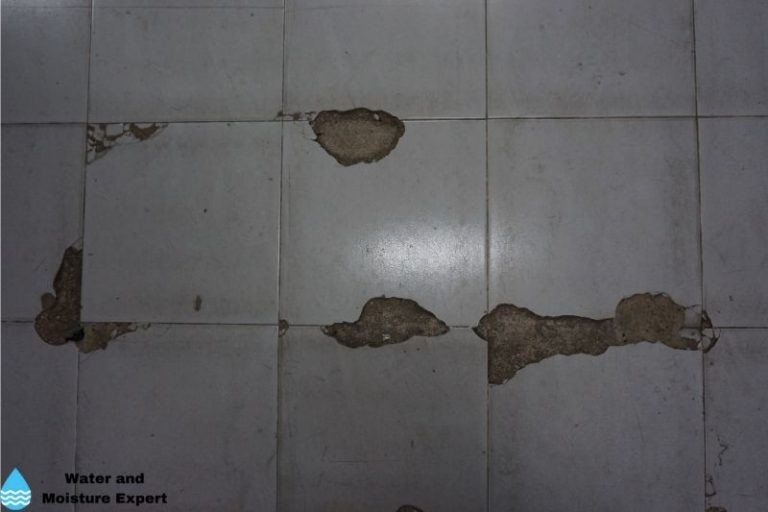What're your insights and beliefs on Common Causes of Water Damage in a Bathroom?

The washroom is exceptionally vulnerable for moist accumulation and also possible water damages due to the frequent use of water in it. This article offers easy evaluation methods to aid detecting water damage hazards.
The frequent use of water in the bathroom makes it extremely vulnerable for moist accumulation and also possible water damages. By evaluating it consistently, you can decrease water related damages.
The following set of examinations is very easy to execute and also must be done when in every three months in order to keep your bathroom healthy and to prevent potential water problems brought on by the bathtub, the shower, pipe joints and also plumbing, sinks, cupboards, and the commode
Do not disregard carrying out these inspections and also be extensive while doing them. Keep in mind that these simple assessments can save you a great deal of cash by providing very early indicators for water damages
Sinks as well as Cabinets
Sinks and closets are subjected to moisture and moisture daily and also are typically ignored. Examine regularly under the sink as well as on the countertop over it. Fix any drip in the catch as it may suggest drain troubles. Take a look around the sink, slow draining pipelines may suggest a blocked drainpipe. Replace sink seals if they are split or loosened.
Tub and also Shower
The shower as well as bath tub call for special interest and upkeep. Inspect the tiles as well as replace if split. Ensure that there is no missing out on grout in between the ceramic tiles. Evaluate as well as change broken caulking at joints where the wall surfaces satisfy the flooring or the bathtub. Obstructed drains and also pipes troubles will stop the bathtub from drying out as well as might suggest significant issues underneath the bath tub. Speak with an expert quickly to prevent architectural damages. Pay attention to discolorations or soft locations around the tub wall surfaces as they might indicate an interior leak.
Plumbing
Signs for water damages are tough to spot given that most pipes are mounted inside the walls.
Pay special focus to floor covering and wall surfaces dampness as well as stains as they may suggest an unseen plumbing trouble. Check moisture levels in adjacent spaces also.
The Commode
The commode is a vulnerable water junction. Examine the water lines and search for leakages around the commode seat, in the hose, as well as under the water container. If you detect any indications of wetness on the flooring around the commode, check for leaks in the toilet rim as well as container seals.
Realize that hanging toilet bowl deodorants boosts the opportunities for obstructions.
Water Damage Signs In The Bathroom To Avoid Cleanup
Musty smell
This is one of the easiest signs to catch because musty smells are so odorous. The damp, earthy, moldy smell should be a big red flag. The smell will develop when moisture gets trapped in surfaces, and begins to facilitate mold growth. Leaking pipes under cabinets, inside walls, and behind shower fixtures will cause moisture to stay trapped and not dry, which will lead to mold growth and spread. As soon as you notice any musty smells in your bathroom, have it checked for hidden water damage and cleanup signs.
Visible mold
If the smell isn’t there to give it away, sometimes you will actually see mold growth. Finding mold in your bathroom is a serious problem, because mold is very harmful to your health. By the time mold growth is visible, it also means that water damage has already occurred and been present for some time. The only way the mold problem can be resolved is to find the source of the moisture and get it stopped. To safely and adequately remove mold, you need to have professionals handle the remediation. Do not waste any time in getting mold problems addressed, fixed, and sanitized so that you can protect you and your family from the many respiratory symptoms caused by mold exposure.
Damaged floors
Bathroom floors should be able to withstand some exposure to water while still remaining in good condition. However, when excess exposure or water leaks occur, they will begin to damage even the most water-resistant flooring. If you notice any cracking, bubbling, staining, or warping on your bathroom floors, there is probably a water leak somewhere causing the distortion. If you notice areas of the floor have become softer, or even have a spongy feeling, there is probably damage to the subfloor. Subflooring is typically made up of plywood. When plywood is exposed to water or moisture, it will absorb it. Once it has become saturated, the weight of the excess water will cause the wood to swell and soften. Check the floors in your bathroom frequently to catch any of these sings before they lead to damaged subflooring.
Changes on walls
When water leaks behind walls, it will cause changes in the drywall. Peeling plaster, blistering paint, and soggy wallpaper are all good indicators that excess water is building up behind the wall. Water leaking behind drywall will cause it to swell and be soft to the tough. If you start to notice gaps along the trim of your walls, or where tile meets the wall, it could also be a strong indicator that there is a leak behind the wall. Any changes, distortion, or damage on the walls should be evaluated as soon as you notice it to prevent further water damage and cleanup.

As a reader about Preventing Water Damage in the Bathroom, I think sharing that excerpt was smart. Sharing is caring. You won't know, you could be doing someone a favor. We treasure reading our article about Looking for Signs of Water Damage in the Bathroom.
Book Your Installation